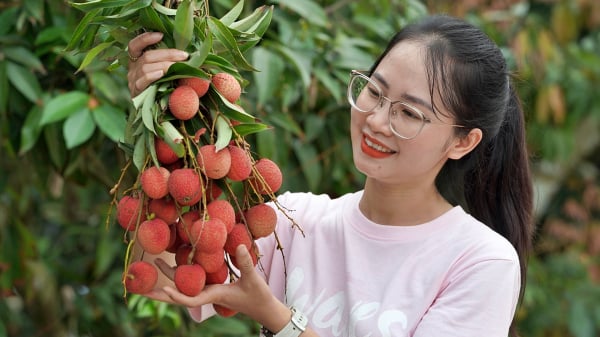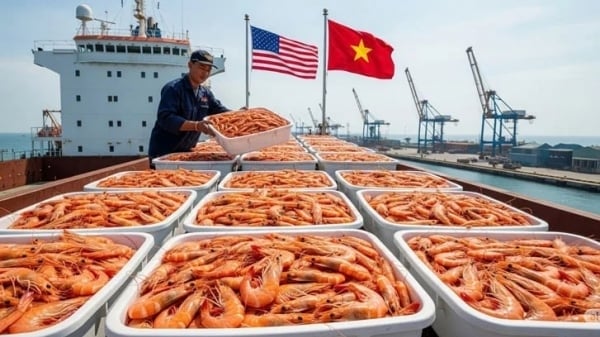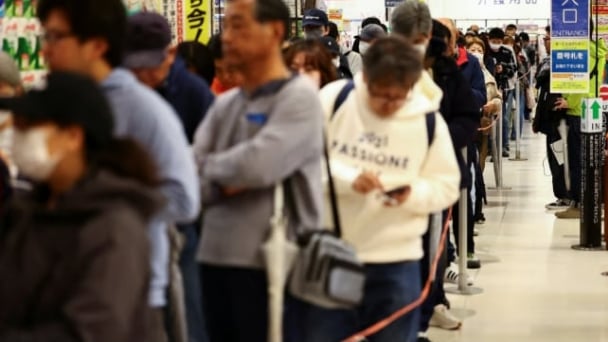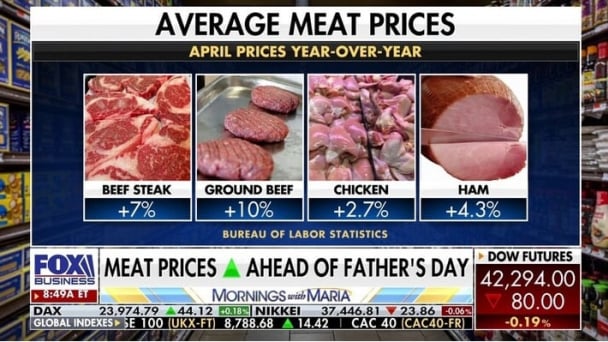June 17, 2025 | 07:45 GMT +7
June 17, 2025 | 07:45 GMT +7
Hotline: 0913.378.918
June 17, 2025 | 07:45 GMT +7
Hotline: 0913.378.918

Breeding sturgeon in Bat Xat District, Lao Cai Province. Photo: Ke Toai.
Along with improving quality, Ms. Vu Thi Hau, Chairwoman of the Vietnam Retailers Association advised localities to actively participate in domestic consuming chain linkages.
Entering Vietnam for more than 10 years, cold-water fish farming has brought a great source income for farmers. The potential for cold-water fish development in Vietnam is also known to be very large, concentrated mainly in 3 regions including provinces of the Northern mountains, the Central Highlands, the Northern Central midland and mountainous areas.
According to the Directorate of Fisheries (Ministry of Agriculture and Rural Development), at present, the whole country has 25 provinces developing cold water fish farming. Among these, Lao Cai is one of the fastest-growing localities.
The Lao Cai Department of Agriculture and Rural Development reported that the province currently has more than 200 cold-water fish breeding units, concentrated in the districts of Bat Xat, Bac Ha, Muong Khuong and Van Ban, and Sa Pa town. The province's cold-water fish production is estimated at 700 tons, bringing in a value of about VND150 billion/year, and creating jobs for over 500 workers.
Rich in potential and space for development, but Lao Cai and other localities have not found many chains of linkage with supermarkets.
Speaking at a forum to connect and promote the production and consumption of agricultural products and vegetables in the North (the 16th session of the Agricultural Product Connection Forum 970) held on December 18, Ms. Vu Thi Hau, Chairman of the Vietnam Retailers’ Association said: "If Lao Cai can bring products to supermarkets, there will certainly be price competition, helping ordinary consumers access these high-value products. Thereby, consumption will definitely increase".
According to Mrs. Hau, Lao Cai has good quality products with reasonable prices, so there should be a plan to strengthen the linkage chains, creating more surplus value for the locals. Currently, supermarkets still have to mainly import cold water fish products such as sturgeon and salmon.
"Very good products without stable output, it is a pity for the efforts of production households", Hau emphasized.
Besides cold-water fish, Hau said that Lao Cai and other northern provinces are very rich and diverse in agricultural products. However, due to the impact of the Covid-19 pandemic, consumption was greatly affected by the disruption of supply chains.
Researches conducted during the social distancing showed product consumption of households tends to increase. Therefore, for quality products to reach consumers, Hau recommends that cooperatives, farming groups, and locals focus on improving product quality, adjusting reasonable selling prices, etc. to be easily accepted in domestic markets.
In addition, manufacturers need to update the latest technology, promote sales through different channels to make consumption more convenient, especially in the context that direct purchases are facing difficulties due to the pandemic.
She expressed her hope that local authorities have many good policies to timely support cooperatives and people to upgrade their production and sale facilities to adapt to the new conditions.
On that basis, Hau also said that, through the Agricultural Product Connection Forum 970, agencies would exchange information thoroughly, work together to remove difficulties in output, improve their competitive power for local products.
The last note that Ms. Hau raised was about a big difference in products prices on markets and supermarkets, causing difficulties for consumption. Consumers are confused in choosing and accessing really high-quality products.
Ms. Nguyen Thi Thu, Director of the CP Joint Stock Company that is supporting business initiatives to create a MEVI impact, said that the consuming trend is shifting to high-quality agricultural products.
Thu also proposed some solutions for solving logistic problems including creating gathering points in large material areas such as Lao Cai and Son La. These points will gather all information on total yield, productivity, and local selling prices.
According to Thu, in the coming time, her company will focus on distributing products to apartment buildings in Hanoi through digital platforms.
Translated by Linh Nguyen

(VAN) Noting risks, report examines impacts of avian influenza, changing trade patterns since 2022, fish fraud, and shipping industry’s net-zero goals.

(VAN) Mr. Tran Quang Bao, General Director of the Forestry and Forest Protection Department, met and worked with the International Wood Products Association to promote cooperation in the field of timber trade.

(VAN) China's outbound shipments of rare earths in May jumped 23% on the month to their highest in a year, though Beijing's export curbs on some of the critical minerals halted some overseas sales.

(VAN) To sustain capital flow, administrative reform alone is not enough; what farmers truly need is an ecosystem where both government and businesses grow together in support.

(VAN) Vietnam and the United States are proactively working together, each in their own way, to ensure that every container of agricultural goods carries not just products, but also long-term trust and value.

(VAN) Stores have started selling rice from the government’s stockpile to feed demand for the staple.

(VAN) Omaha Steaks CEO says rebuilding cattle herds will take about a year to ease price pressures.